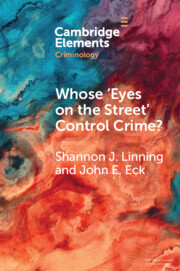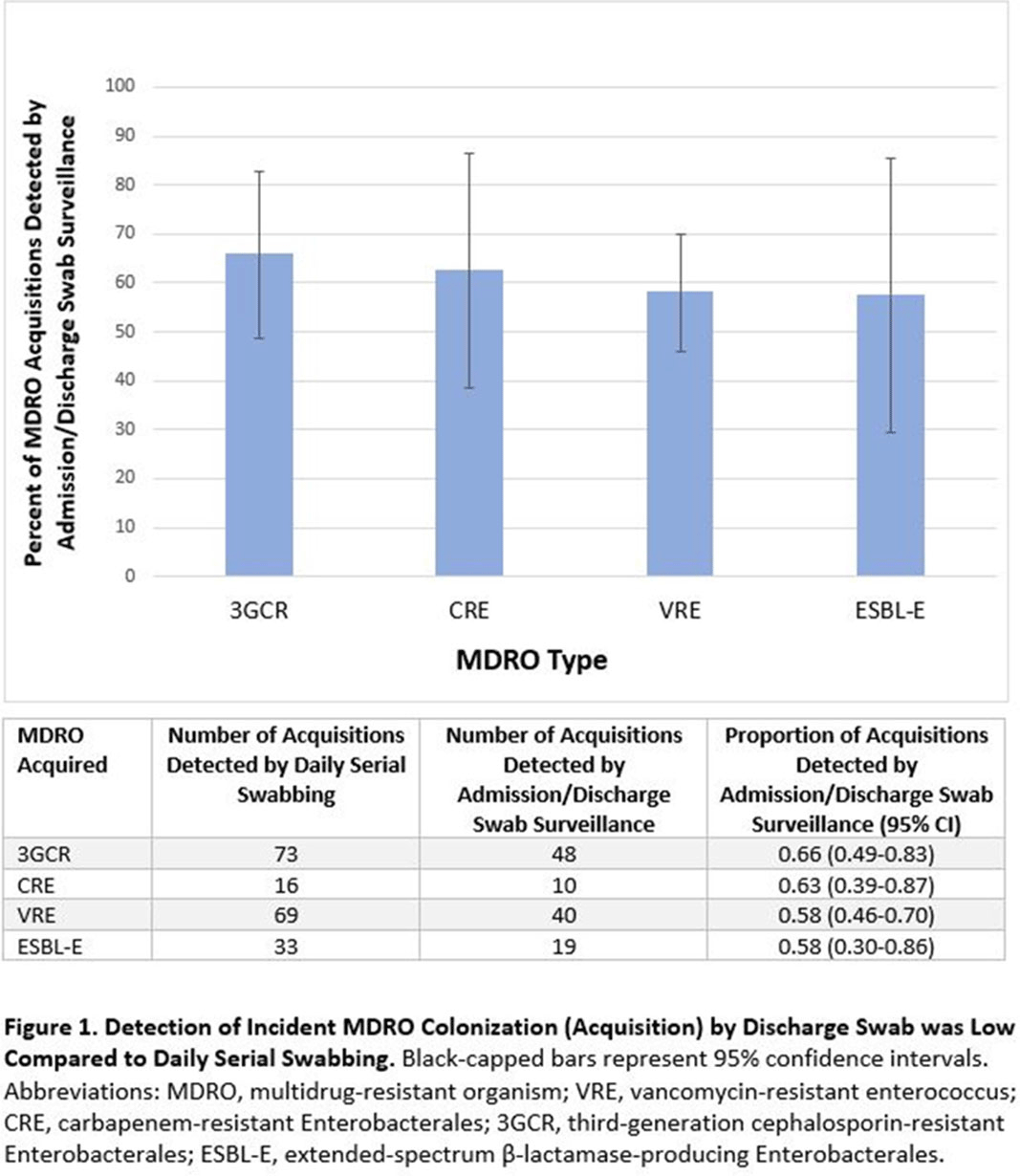117 results
Epigenetic Application of ATAC-Seq Based on Tn5 Transposase Purification Technology
-
- Journal:
- Genetics Research / Volume 2022 / 2022
- Published online by Cambridge University Press:
- 01 January 2024, e43
-
- Article
-
- You have access
- Open access
- HTML
- Export citation
Antibiotic use in hospitalized patients with COVID-19: a population-based study in Hong Kong
-
- Journal:
- Antimicrobial Stewardship & Healthcare Epidemiology / Volume 3 / Issue 1 / 2023
- Published online by Cambridge University Press:
- 07 November 2023, e205
-
- Article
-
- You have access
- Open access
- HTML
- Export citation
COMPARING ACADEMICS AND PRACTITIONERS Q & A TUTORING IN THE ENGINEERING DESIGN STUDIO
-
- Journal:
- Proceedings of the Design Society / Volume 3 / July 2023
- Published online by Cambridge University Press:
- 19 June 2023, pp. 997-1006
-
- Article
-
- You have access
- Open access
- Export citation
Improving Clinical Care in Tobacco and Smoking-Related Problems: A Report of Clinical Audit and Quality Improvement Project
-
- Journal:
- BJPsych Open / Volume 8 / Issue S1 / June 2022
- Published online by Cambridge University Press:
- 20 June 2022, pp. S148-S149
-
- Article
-
- You have access
- Open access
- Export citation
Investigating the Role of Ethnicity and Religion or Spirituality on the Risk of Self-Harm in Children and Adolescents: A Systematic Literature Review
-
- Journal:
- BJPsych Open / Volume 8 / Issue S1 / June 2022
- Published online by Cambridge University Press:
- 20 June 2022, pp. S55-S56
-
- Article
-
- You have access
- Open access
- Export citation
Mars: new insights and unresolved questions – Corrigendum
-
- Journal:
- International Journal of Astrobiology / Volume 21 / Issue 1 / February 2022
- Published online by Cambridge University Press:
- 10 January 2022, p. 46
-
- Article
-
- You have access
- Open access
- HTML
- Export citation
Mars: new insights and unresolved questions
-
- Journal:
- International Journal of Astrobiology / Volume 20 / Issue 6 / December 2021
- Published online by Cambridge University Press:
- 01 December 2021, pp. 394-426
-
- Article
-
- You have access
- Open access
- HTML
- Export citation

Whose 'Eyes on the Street' Control Crime?
- Expanding Place Management into Neighborhoods
-
- Published online:
- 09 November 2021
- Print publication:
- 02 December 2021
-
- Element
- Export citation
Deep Learning-Based Point-Scanning Super-Resolution Microscopy
-
- Journal:
- Microscopy and Microanalysis / Volume 27 / Issue S1 / August 2021
- Published online by Cambridge University Press:
- 30 July 2021, pp. 2516-2517
- Print publication:
- August 2021
-
- Article
-
- You have access
- Export citation
Admission and Discharge Sampling Underestimates Multidrug-Resistant Organism (MDRO) Acquisition in an Intensive Care Unit
-
- Journal:
- Antimicrobial Stewardship & Healthcare Epidemiology / Volume 1 / Issue S1 / July 2021
- Published online by Cambridge University Press:
- 29 July 2021, p. s28
-
- Article
-
- You have access
- Open access
- Export citation
AN ARCHITECTING APPROACH TO TRANSFORMATIONS WITHIN THE DESIGN CONSULTING INDUSTRY: IDEO CASE STUDY
-
- Journal:
- Proceedings of the Design Society / Volume 1 / August 2021
- Published online by Cambridge University Press:
- 27 July 2021, pp. 405-416
-
- Article
-
- You have access
- Open access
- Export citation
Addressing personal protective equipment (PPE) decontamination: Methylene blue and light inactivates severe acute respiratory coronavirus virus 2 (SARS-CoV-2) on N95 respirators and medical masks with maintenance of integrity and fit
- Part of
-
- Journal:
- Infection Control & Hospital Epidemiology / Volume 43 / Issue 7 / July 2022
- Published online by Cambridge University Press:
- 21 May 2021, pp. 876-885
- Print publication:
- July 2022
-
- Article
-
- You have access
- Open access
- HTML
- Export citation
Extensive environmental contamination and prolonged severe acute respiratory coronavirus-2 (SARS CoV-2) viability in immunosuppressed recent heart transplant recipients with clinical and virologic benefit with remdesivir
- Part of
-
- Journal:
- Infection Control & Hospital Epidemiology / Volume 43 / Issue 6 / June 2022
- Published online by Cambridge University Press:
- 12 March 2021, pp. 817-819
- Print publication:
- June 2022
-
- Article
-
- You have access
- Open access
- HTML
- Export citation
A diffuse domain method for two-phase flows with large density ratio in complex geometries
-
- Journal:
- Journal of Fluid Mechanics / Volume 907 / 25 January 2021
- Published online by Cambridge University Press:
- 26 November 2020, A38
-
- Article
- Export citation
A new molecular nomenclature for Taenia hydatigena: mitochondrial DNA sequences reveal sufficient diversity suggesting the assignment of major haplotype divisions
-
- Journal:
- Parasitology / Volume 148 / Issue 3 / March 2021
- Published online by Cambridge University Press:
- 23 October 2020, pp. 311-326
-
- Article
- Export citation
Regional Impact of a CRE Intervention Targeting High Risk Postacute Care Facilities (Chicago PROTECT)
-
- Journal:
- Infection Control & Hospital Epidemiology / Volume 41 / Issue S1 / October 2020
- Published online by Cambridge University Press:
- 02 November 2020, pp. s48-s49
- Print publication:
- October 2020
-
- Article
-
- You have access
- Export citation
Appropriateness of C. difficile Testing With Clinical Support Tool Versus Mandatory Infectious Diseases Attending Approval
-
- Journal:
- Infection Control & Hospital Epidemiology / Volume 41 / Issue S1 / October 2020
- Published online by Cambridge University Press:
- 02 November 2020, pp. s126-s127
- Print publication:
- October 2020
-
- Article
-
- You have access
- Export citation
Real-world data for health technology assessment for reimbursement decisions in Asia: current landscape and a way forward
-
- Journal:
- International Journal of Technology Assessment in Health Care / Volume 36 / Issue 5 / October 2020
- Published online by Cambridge University Press:
- 15 September 2020, pp. 474-480
-
- Article
-
- You have access
- Open access
- HTML
- Export citation
The 4D Camera – An 87 kHz Frame-rate Detector for Counted 4D-STEM Experiments
-
- Journal:
- Microscopy and Microanalysis / Volume 26 / Issue S2 / August 2020
- Published online by Cambridge University Press:
- 30 July 2020, pp. 1896-1897
- Print publication:
- August 2020
-
- Article
-
- You have access
- Export citation
Light angle dependence of photothermal properties in oxide and porphyrin thin films for energy-efficient window applications
-
- Journal:
- MRS Communications / Volume 10 / Issue 3 / September 2020
- Published online by Cambridge University Press:
- 09 June 2020, pp. 439-448
- Print publication:
- September 2020
-
- Article
- Export citation








